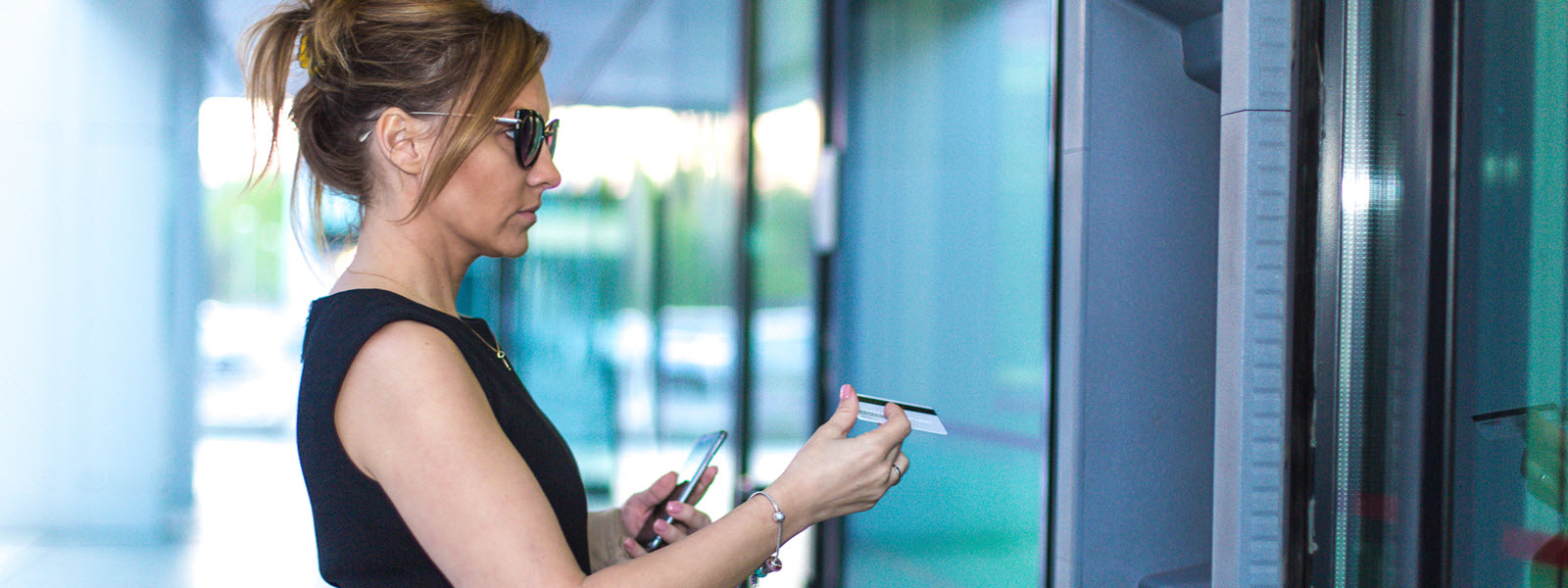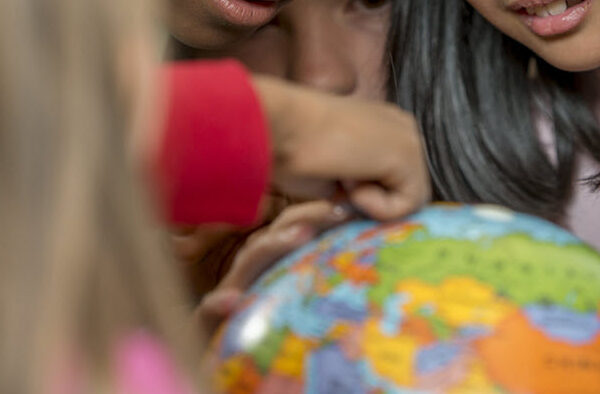Deaf-Blindness is a unique sensory disability that combines both hearing and vision impairments, presenting unparalleled challenges for communication, interaction, and daily living. In the modern era, assistive technologies are breaking down barriers and empowering individuals with deaf-blindness to connect with the world in ways once thought impossible. This blog post explores the incredible array of assistive technologies that are making a significant difference in the lives of those with deaf-blindness.
Understanding Deaf-Blindness Disabilities
Deaf-blindness is a dual sensory impairment that impacts an individual’s ability to both hear and see. This condition can be congenital or acquired and varies in degrees of severity. The combination of sensory losses presents unique challenges in communication, access to information, and independent mobility.
Innovative Assistive Technologies
- Tactile Communication Devices: These devices enable individuals with deaf-blindness to receive and send messages using tactile feedback. Braille displays, for instance, convert digital text into tactile Braille characters that users can read with their fingers.
- Screen Reading Software: Screen readers convert text into synthesized speech, allowing individuals with deaf-blindness to access digital content, emails, and documents.
- Communication Apps: Smartphone apps like Be My Eyes connect individuals with deaf-blindness to sighted volunteers who provide assistance through live video calls, helping them navigate various situations.
- Haptic Feedback Devices: Wearable devices provide haptic feedback through vibrations, helping users interpret and respond to their environment. These devices can offer navigation cues and alert users to incoming messages.
- Braille Notetakers: These portable devices allow individuals to take notes, read documents, and access digital content using Braille displays and keyboards.
- Assistive GPS: GPS technology combined with haptic feedback can help individuals with deaf-blindness navigate unfamiliar environments, providing directional cues through vibrations.
- Tactile Graphics and Models: Raised tactile graphics and 3D models can provide individuals with deaf-blindness with access to visual information, such as maps, diagrams, and artwork.
Benefits and Challenges
Benefits:
- Enhanced Communication: Assistive technologies facilitate communication through tactile, auditory, and visual channels, allowing individuals with deaf-blindness to engage with others.
- Information Access: These technologies provide access to written content, digital communication, and navigation tools, fostering independence.
- Inclusion and Participation: With assistive technologies, individuals with deaf-blindness can participate in education, work, social activities, and entertainment.
Challenges:
- Complexity: Some assistive technologies may have a steep learning curve, requiring training and support for effective use.
- Cost: High costs associated with some devices and software can limit accessibility.
- Customization: Individuals with deaf-blindness have diverse needs, necessitating customizable solutions that address their specific challenges.
A Vision for the Future
As technology continues to advance, the future holds exciting possibilities for assistive technologies for individuals with deaf-blindness:
- Wearable Innovations: Wearable devices that provide real-time feedback on surroundings and convert visual and auditory information into tactile cues.
- Enhanced Communication Tools: Advanced communication apps and devices that enable smoother interactions and better connectivity.
- Artificial Intelligence Integration: AI-driven technologies that adapt and personalize assistive solutions to individual preferences and needs.
A World of Connection and Empowerment
Assistive technologies are revolutionizing the lives of individuals with deaf-blindness, offering them opportunities for communication, access, and independence. As we continue to explore and develop innovative solutions, we inch closer to a world where deaf-blind individuals can thrive, interact, and engage in a more inclusive and connected society. Through technology, we are turning darkness and silence into avenues of empowerment and connection.
What is next?
In our next installment, we will delve into the assistive technologies currently in use for Speech disabilities.
For more information on why accessibility is important in general, you can check out my previous blog post here.
For further information on how In our next installment, we’ll explore the importance of captions for individuals with hearing disabilities and delve into how we can promote digital products using captions with semantic markup to enhance accessibility for those with hearing impairments.to make your product accessible to your audience, contact our experienced design experts, check out our Accessibility IQ for your website, download our guide Digitally Accessible Experiences: Why It Matters and How to Create Them, read more from our UX for Accessible Design series.




